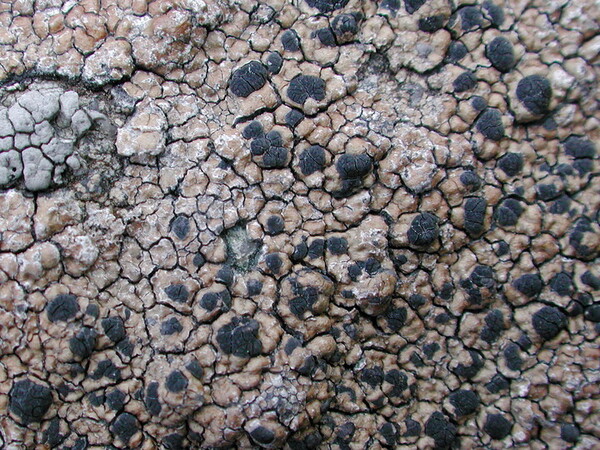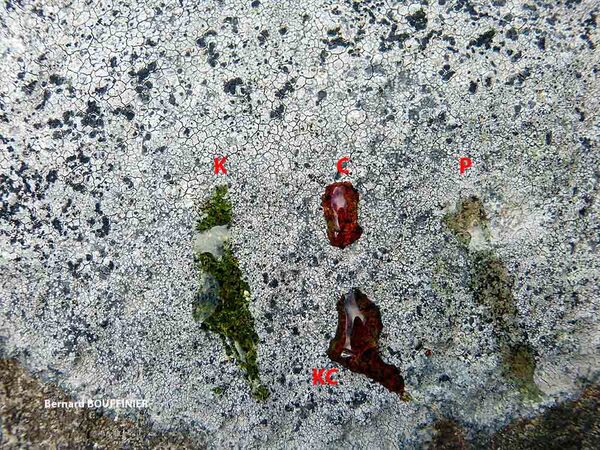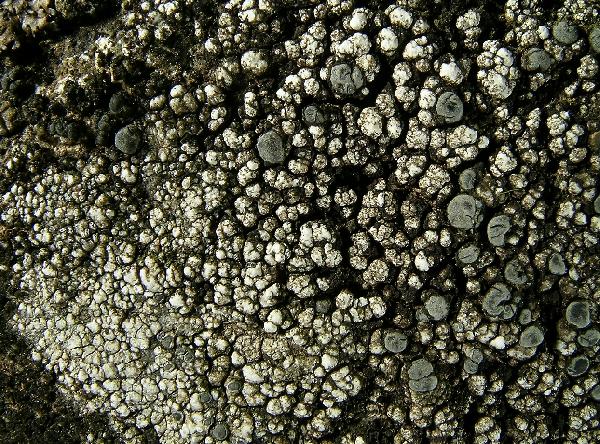Lecidea grisella Flörke
in Flotow, Lich. Schlesien: 141-142, 1829.
Synonyms: Biatora livescens (Leight.) Walt. Watson; Lecidea fumosa var. grisella (Flörke) Müll. Arg.; Lecidea fuscoatra var. grisella (Flörke) Nyl.; Lecidea grisella f. mosigii (Ach.) Zahlbr.; Lecidea livescens Leight.; Lecidea segregula Nyl.
Distribution: N - VG, Frl, Ven, TAA (Nascimbene & al. 2022), Piem (Gheza & Nascimbene 2024), Emil (Fariselli & al. 2020), Lig (Watson 2014). C - Tosc, Marc, Umb, Laz, Abr, Mol, Sar (Neuwirth 2018). S - Camp, Pugl, Bas, Cal, Si.
Description: Thallus crustose, continuous to rimose-areolate in central part, the areoles (when present) starting their development from fine cracks outside the marginal zone, usually flat and angular, whitish grey to grey brown, dull, forming large patches to 15 cm diam. Cortex rather thick; medulla white, I-. Apothecia lecideine, black, slightly constricted at base, up to 1-2.5(-3) mm across, with a black, flat to slightly convex, sometimes pruinose disc, and a thin, sometimes finally excluded proper margin. Proper exciple blackish brown in outer part, almost colourless within, with many crystals, C+ red; epithecium olive-green to olive-brown; hymenium colourless; paraphyses simple to branched and anastomosing; hypothecium dark brown to almost black. Asci 8-spored, narrowly clavate, thick-walled, with a K/I+ pale blue tholus and a strongly amyloid, thin apical cushion, surrounded by a I+ blue outer layer, Lecidea-type. Ascospores 1-celled, hyaline, ellipsoid to narrowly ellipsoid, (8-)10-16(-20) x (4-)5-7(-9) µm. Pycnidia immersed. Conidia cylindrical. Photobiont chlorococcoid. Spot tests; thallus K-, C+ red, KC+ red, P-, UV-. Chemistry: gyrophoric acid and variable amounts of lecanoric acid.Note: this taxon was subsumed for a long time into L. fuscoatra, but according to Aptroot & van Herk (2007) it is a well-distinct species, mainly distinguished by the rimose instead of areolate thallus. It grows on base-rich siliceous rocks, often on man-made substrata, e.g. on roofing tiles, and seems to be most frequent at lower elevations than L. fuscoatra. Some authors, however (e.g. Roux & coll. 2014) still prefer to treat this taxon as a variety of the extremely polymorphic L. fuscoatra. The Italian distribution is mainly based on the samples preserved in TSB.
Growth form: Crustose
Substrata: rocks
Photobiont: green algae other than Trentepohlia
Reproductive strategy: mainly sexual
Commonnes-rarity: (info)
Alpine belt: absent
Subalpine belt: absent
Oromediterranean belt: absent
Montane belt: rather rare
Submediterranean belt: extremely common
Padanian area: rather common
Humid submediterranean belt: extremely common
Humid mediterranean belt: common
Dry mediterranean belt: rather common
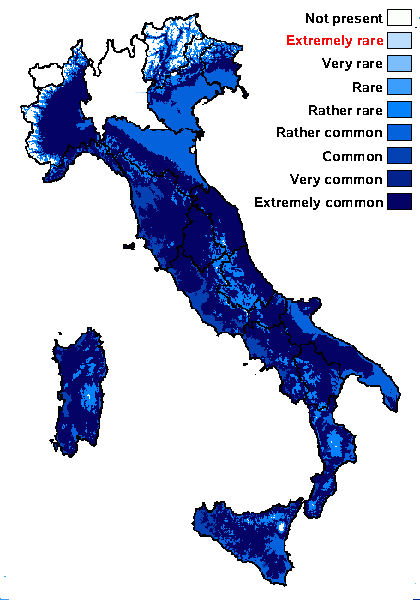
Predictive model
Herbarium samples
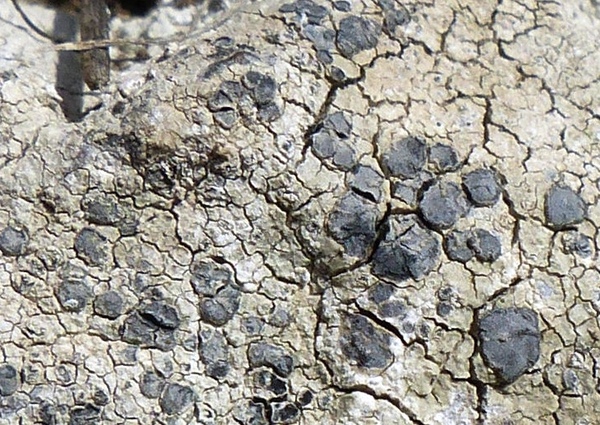

Andrea Moro CC BY-SA 4.0; Owner: Department of Life Sciences, University of Trieste
Italy, Lazio, Roma, Tusculum
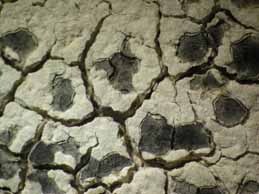
Harrie Sipman – Source http://www.bgbm.fu-berlin.de/sipman/Zschackia/AegeanLichens/CaloplacaAC.htm - As Caloplaca oasis
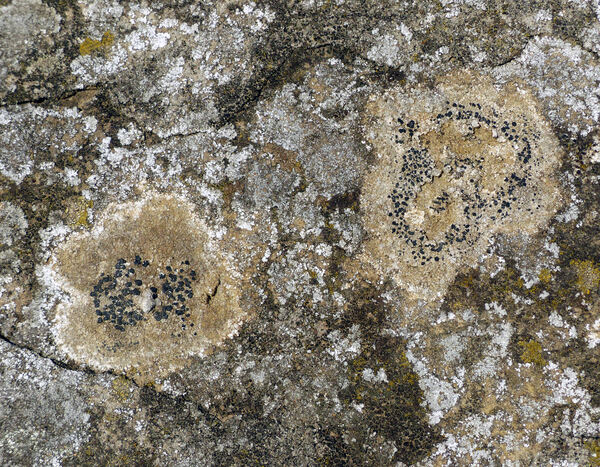

Andrea Moro; Owner: Department of Life Sciences, University of Trieste
Italy, Friuli Venezia Giulia, Trieste, Trieste, Conconello
14/02/2017


Andrea Moro; Owner: Department of Life Sciences, University of Trieste
Italy, Lazio, Roma, Ruines of ancient Tusculum, above Frascati
18/03/2017
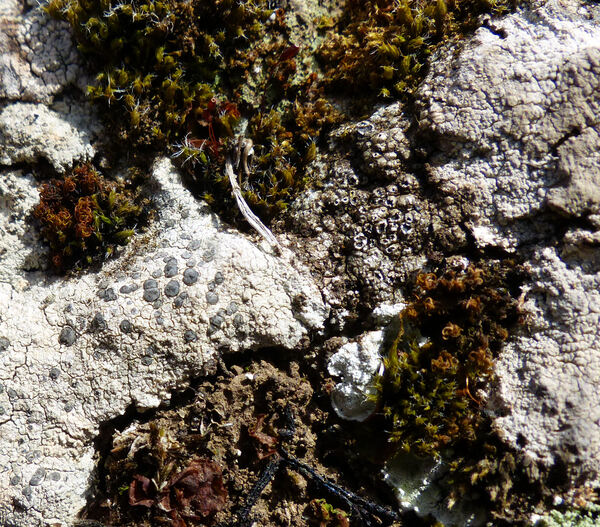

Andrea Moro; Owner: Department of Life Sciences, University of Trieste
Italy, Lazio, Roma, Ruines of ancient Tusculum, above Frascati
18/03/2017
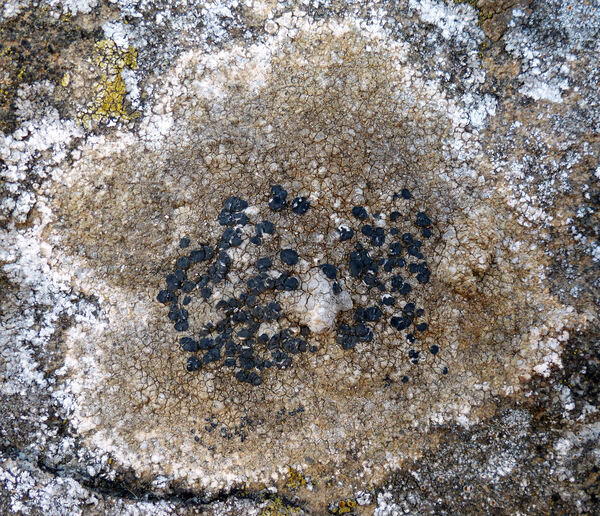

Andrea Moro; Owner: Department of Life Sciences, University of Trieste
Italy, Friuli Venezia Giulia, Trieste, Trieste, Conconello
14/02/2017
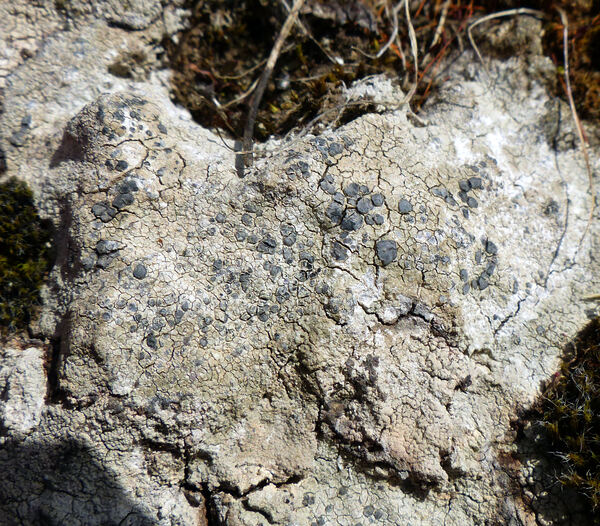

Andrea Moro; Owner: Department of Life Sciences, University of Trieste
Italy, Lazio, Roma, Ruines of ancient Tusculum, above Frascati
18/03/2017
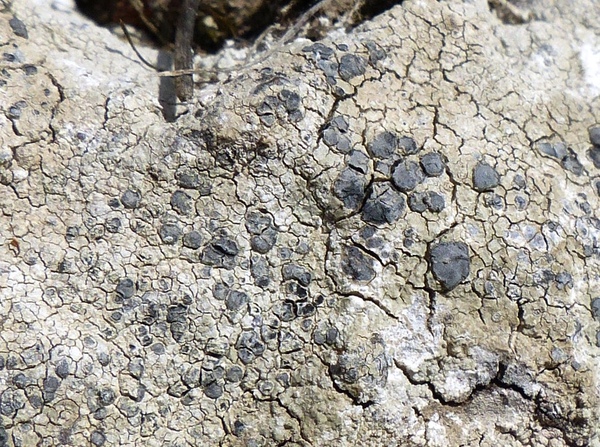

Andrea Moro CC BY-SA 4.0; Owner: Department of Life Sciences, University of Trieste
Italy, Lazio, Roma, Tusculum
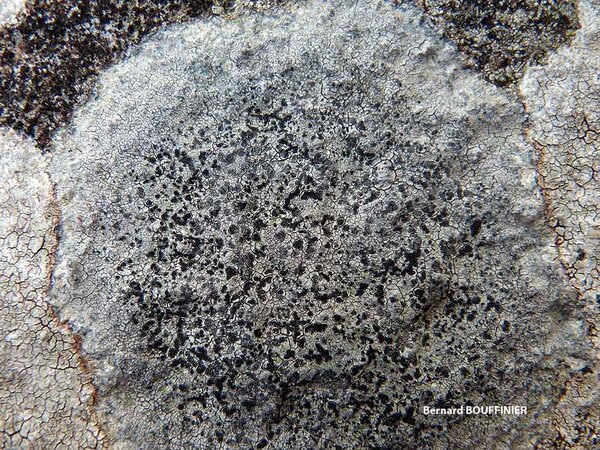
Bernard Bouffinier - Source: http://www.lichensmaritimes.org/index.php?task=fiche&lichen=568&lang=en
France, Cranou
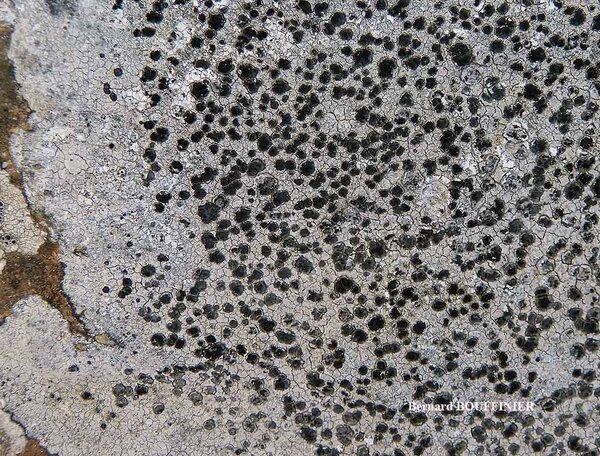
Bernard Bouffinier - Source: http://www.lichensmaritimes.org/index.php?task=fiche&lichen=568&lang=en
France, Ile de Tudy
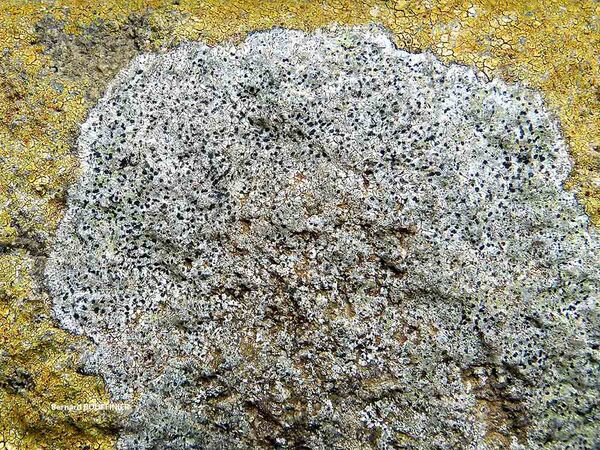
Bernard Bouffinier - Source: http://www.lichensmaritimes.org/index.php?task=fiche&lichen=568&lang=en
France, Cranou

Bernard Bouffinier - Source: http://www.lichensmaritimes.org/index.php?task=fiche&lichen=568&lang=en
France, Roc'h an Daol
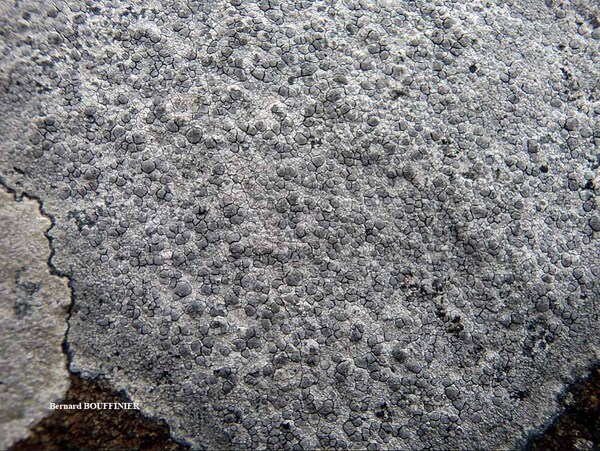
Bernard Bouffinier - Source: http://www.lichensmaritimes.org/index.php?task=fiche&lichen=568&lang=en
France, Hôpital-Camfrout
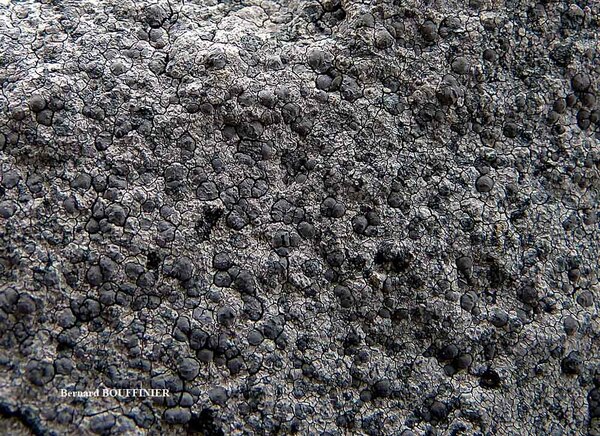
Bernard Bouffinier - Source: http://www.lichensmaritimes.org/index.php?task=fiche&lichen=568&lang=en
France, Hôpital-Camfrout
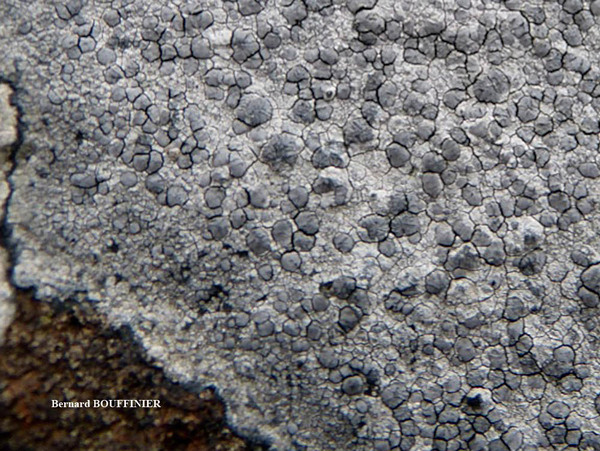
Bernard Bouffinier - Source: http://www.lichensmaritimes.org/index.php?task=fiche&lichen=568&lang=en
France, Hôpital-Camfrout
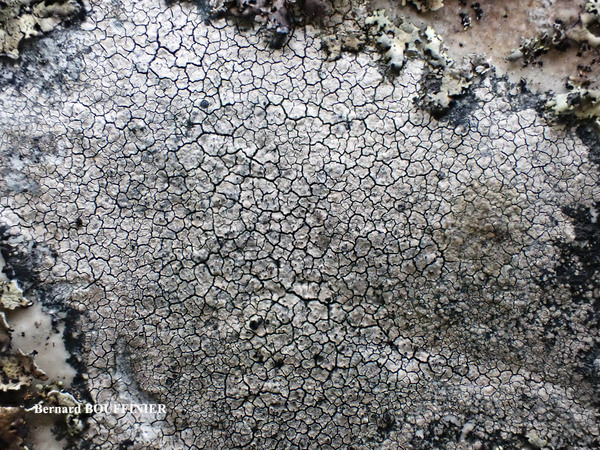
Bernard Bouffinier - Source: http://www.lichensmaritimes.org/index.php?task=fiche&lichen=568&lang=en
France, Roc'h an Daol
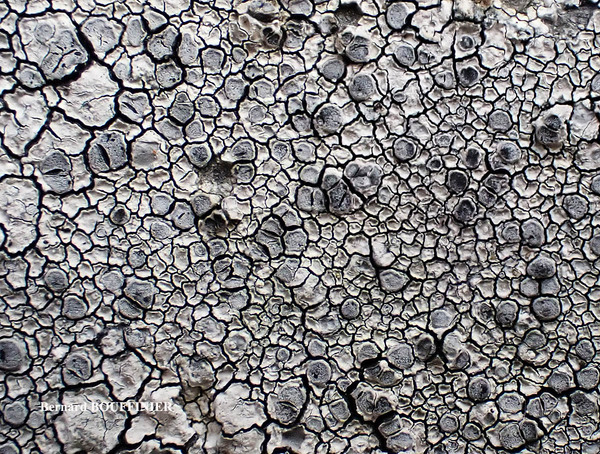
Bernard Bouffinier - Source: http://www.lichensmaritimes.org/index.php?task=fiche&lichen=568&lang=en
France, Roc'h an Daol

Bernard Bouffinier - Source: http://www.lichensmaritimes.org/index.php?task=fiche&lichen=568&lang=en
France, Roc'h an Daol
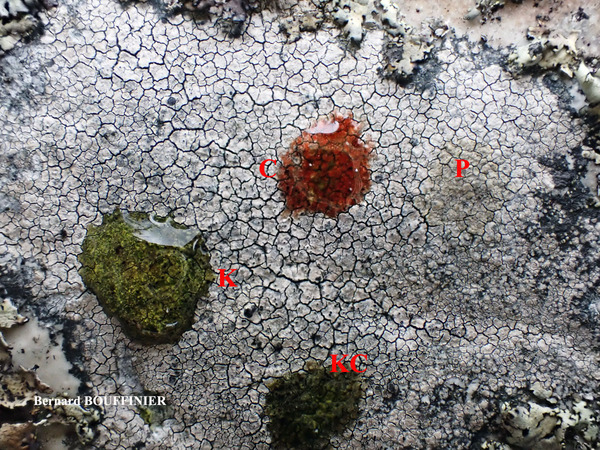
Bernard Bouffinier - Source: http://www.lichensmaritimes.org/index.php?task=fiche&lichen=568&lang=en
France, Roc'h an Daol
Growth form: Crustose
Substrata: rocks
Photobiont: green algae other than Trentepohlia
Reproductive strategy: mainly sexual
Commonnes-rarity: (info)
Alpine belt: absent
Subalpine belt: absent
Oromediterranean belt: absent
Montane belt: rather rare
Submediterranean belt: extremely common
Padanian area: rather common
Humid submediterranean belt: extremely common
Humid mediterranean belt: common
Dry mediterranean belt: rather common

Predictive model
| Herbarium samples |


Andrea Moro CC BY-SA 4.0; Owner: Department of Life Sciences, University of Trieste
Italy, Lazio, Roma, Tusculum

Harrie Sipman – Source http://www.bgbm.fu-berlin.de/sipman/Zschackia/AegeanLichens/CaloplacaAC.htm - As Caloplaca oasis


Andrea Moro; Owner: Department of Life Sciences, University of Trieste
Italy, Friuli Venezia Giulia, Trieste, Trieste, Conconello
14/02/2017


Andrea Moro; Owner: Department of Life Sciences, University of Trieste
Italy, Lazio, Roma, Ruines of ancient Tusculum, above Frascati
18/03/2017


Andrea Moro; Owner: Department of Life Sciences, University of Trieste
Italy, Lazio, Roma, Ruines of ancient Tusculum, above Frascati
18/03/2017


Andrea Moro; Owner: Department of Life Sciences, University of Trieste
Italy, Friuli Venezia Giulia, Trieste, Trieste, Conconello
14/02/2017


Andrea Moro; Owner: Department of Life Sciences, University of Trieste
Italy, Lazio, Roma, Ruines of ancient Tusculum, above Frascati
18/03/2017


Andrea Moro CC BY-SA 4.0; Owner: Department of Life Sciences, University of Trieste
Italy, Lazio, Roma, Tusculum

Bernard Bouffinier - Source: http://www.lichensmaritimes.org/index.php?task=fiche&lichen=568&lang=en
France, Cranou

Bernard Bouffinier - Source: http://www.lichensmaritimes.org/index.php?task=fiche&lichen=568&lang=en
France, Ile de Tudy

Bernard Bouffinier - Source: http://www.lichensmaritimes.org/index.php?task=fiche&lichen=568&lang=en
France, Cranou

Bernard Bouffinier - Source: http://www.lichensmaritimes.org/index.php?task=fiche&lichen=568&lang=en
France, Roc'h an Daol

Bernard Bouffinier - Source: http://www.lichensmaritimes.org/index.php?task=fiche&lichen=568&lang=en
France, Hôpital-Camfrout

Bernard Bouffinier - Source: http://www.lichensmaritimes.org/index.php?task=fiche&lichen=568&lang=en
France, Hôpital-Camfrout

Bernard Bouffinier - Source: http://www.lichensmaritimes.org/index.php?task=fiche&lichen=568&lang=en
France, Hôpital-Camfrout

Bernard Bouffinier - Source: http://www.lichensmaritimes.org/index.php?task=fiche&lichen=568&lang=en
France, Roc'h an Daol

Bernard Bouffinier - Source: http://www.lichensmaritimes.org/index.php?task=fiche&lichen=568&lang=en
France, Roc'h an Daol

Bernard Bouffinier - Source: http://www.lichensmaritimes.org/index.php?task=fiche&lichen=568&lang=en
France, Roc'h an Daol

 Index Fungorum
Index Fungorum
 GBIF
GBIF
